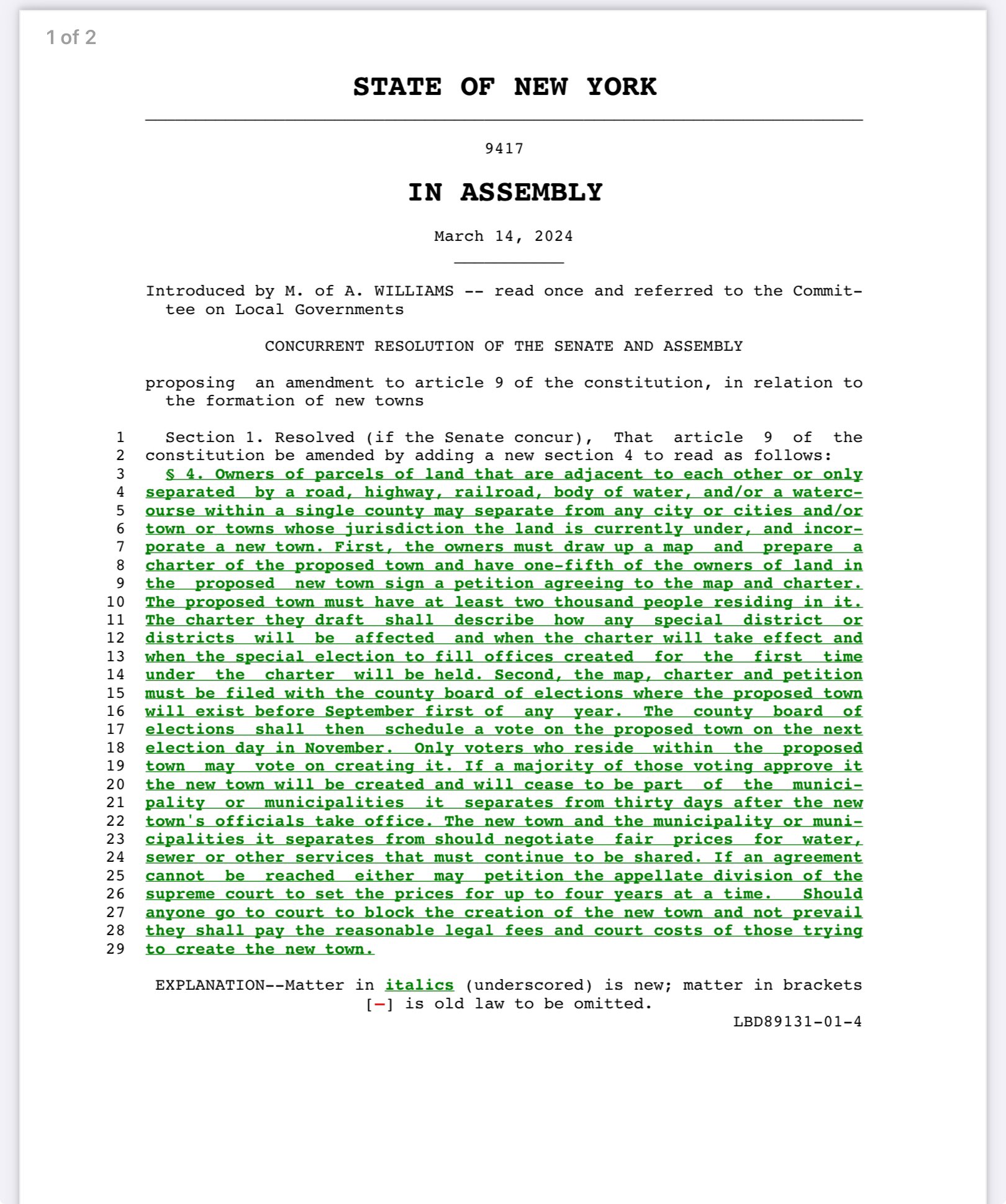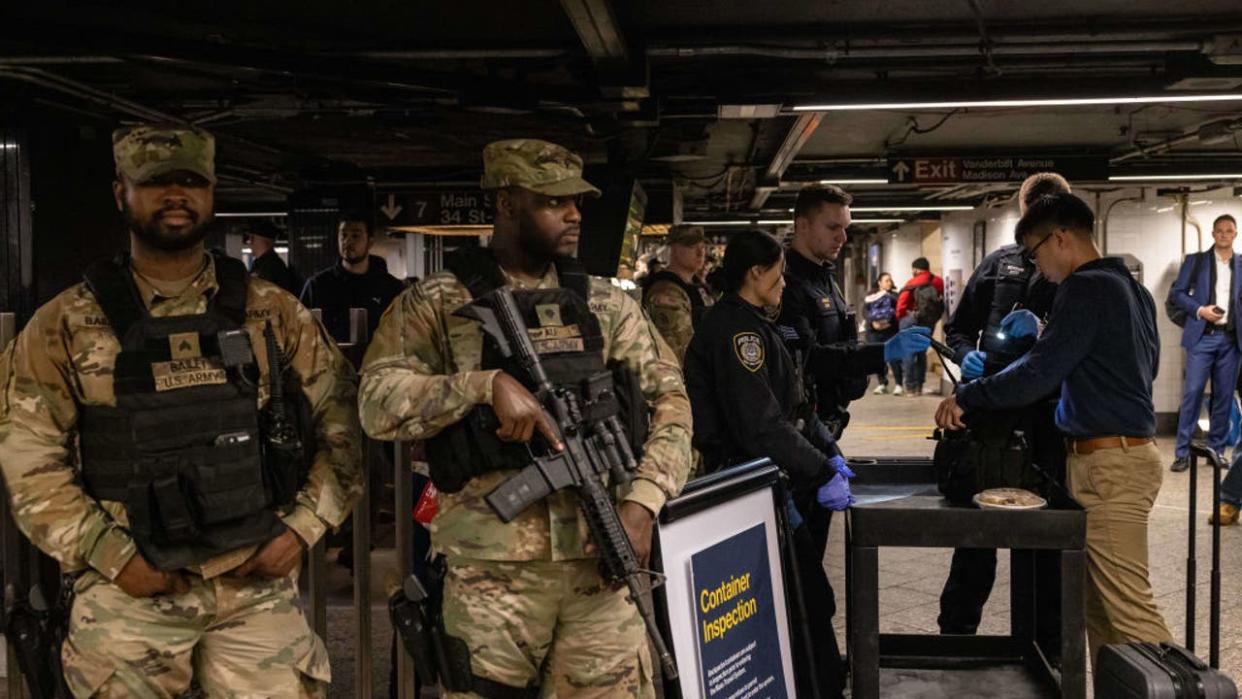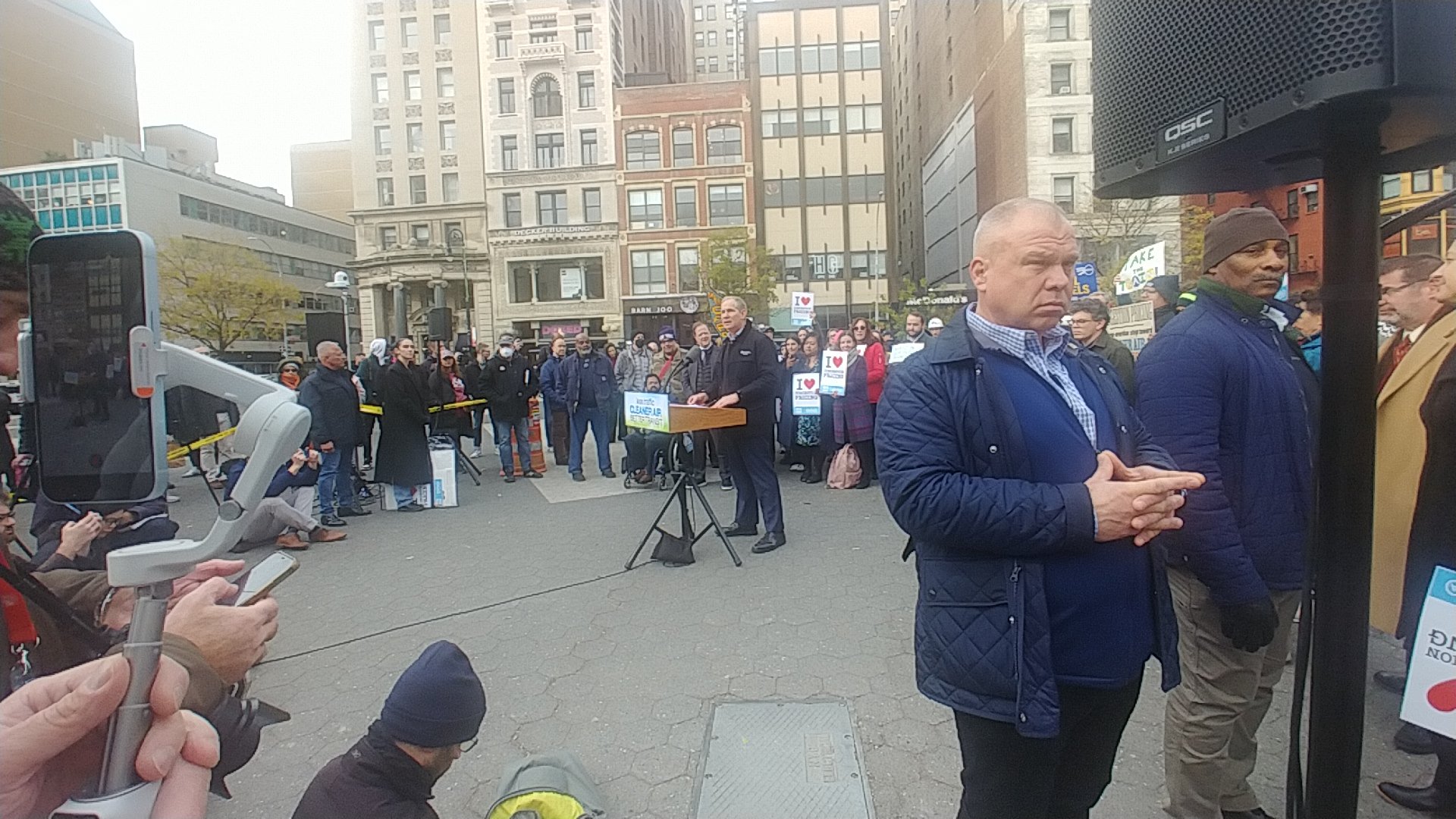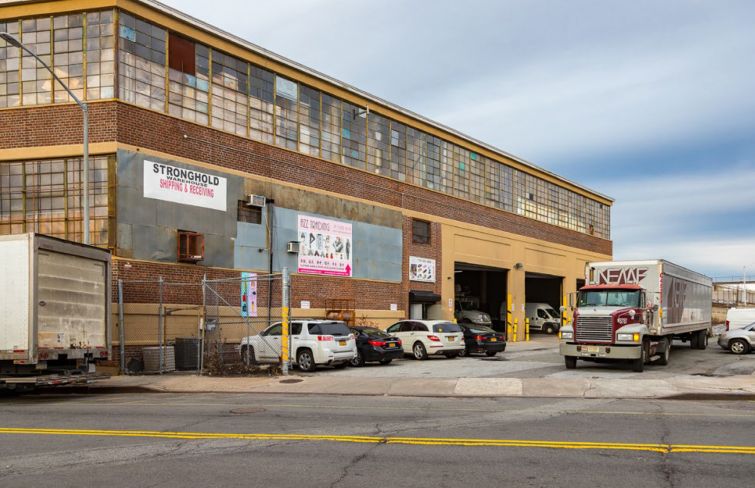After years of debate over one of New York City’s most controversial political topics, the MTA officially passed its final congestion pricing plan on Wednesday morning.
Initially passed by the state legislature in 2019, congestion pricing will add a toll for drivers heading into lower Manhattan south of 60th Street. The MTA, Mayor Eric Adams, Governor Kathy Hochul and other advocates hope the program will inject funding into the MTA’s public transit services and cut down on emission-emitting congestion in the busy borough.
But even with the MTA’s final vote, ongoing legal challenges from the governor of New Jersey, the teacher’s union and outer borough officials remain in the courts. Additionally, a handful of elected officials, including many in Eastern and Central Queens, remain frustrated with the program they claim will unfairly tax their car-dependent constituents.
The MTA board passed congestion pricing by an 11-1 vote on Wednesday – the only downvote coming from Long Island representative David Mack – and is the final stop on the plan’s path to implementation, which the MTA expects to happen in mid-June.
“Today’s vote is one of the most significant the board has ever undertaken, and the MTA is ready,” said MTA Chair and CEO Janno Lieber. “New York has more traffic than any place in the United States and now we're doing something about it.”
According to the MTA, passenger vehicles and small commercial vehicles – sedans, SUVs, pick-up trucks and small vans – paying with a valid E-ZPass will be charged $15 during the day and $3.75 at night, when there is less congestion, to enter the “congestion relief zone.” They will be charged once a day, regardless of how many times they enter or exit the area.
Trucks and some buses will be charged a toll of $24 or $36 during the day to enter the area, depending on their size and function, and $6 or $9 at night. Motorcycles will pay $7.50 during the day and $1.75 at night.
With congestion pricing’s implementation almost guaranteed, recent debates over the program have revolved around who would receive discounts or exemptions from the toll.
Yellow taxi, green cab and black car passengers will pay a $1.25 toll for every trip to, from, within or through the zone, and people taking ride-shares like Uber or Lyft will have $2.50 tacked on to their fee.
Qualifying emergency vehicles and qualifying vehicles carrying people with disabilities will be totally exempt, as will school buses, buses providing scheduled commuter services open to the public, commuter vans licensed with the NYC Taxi and Limousine Commission and specialized government vehicles.
Several officials and electeds celebrated the MTA board’s vote on the plan that many hope will bring help to the city’s transit riders, the environment and those who do need to drive to the city with less traffic in lower Manhattan.
“After nearly five years of gridlock, the MTA board finally paved the way for congestion pricing in New York City,” said city Comptroller Brad Lander. “Congestion pricing will ease traffic, cut carbon emissions and provide our beleaguered transit system with the resources it needs to modernize signals, boost accessibility, and serve more riders.”
Local Queens officials, like Western Queens Assemblymember Zohran Mamdani also celebrated the toll’s passage, but said he wanted to see the MTA meet the goals of bettering transit service for outer borough residents.
“The promise of congestion pricing has long been to transform our city’s public transit,” Mamdani said in a statement. “Congestion pricing cannot just make it more expensive for New Yorkers to drive: instead, we must deliver on this promise for New Yorkers by making public transit more frequent, reliable, and affordable from the very first day of the toll.”
Mamdani is currently pushing for his “Get Congestion Pricing Right” plan, which includes a $90 million infusion for buses to get into the final state budget next week.
On Wednesday when asked about the legislator’s plan, Lieber said the MTA is “always happy to increase service.”
However, not everyone is ready to pay the fare, including some Queens officials who argue the toll will be at the disadvantage of drivers in the World’s Borough who will have to routinely pay the toll to get to work.
"The MTA Board's approval of congestion pricing is a blatant assault on every New Yorker who's already struggling to get by,” Councilmember Bob Holden said in a statement. “It's a disgusting cash grab that punishes our most vulnerable — those with no choice but to commute from transit deserts.”
Although Holden’s office did not reply to follow-up questions, the Common Sense Caucus co-chair said that more legal challenges for congestion pricing could be on the horizon.
“This isn't just a policy failure; it's an act of war on the working class,” he said. “Mark my words: we're taking this fight straight to the courts. See you there."
Holden, who is already signed onto a lawsuit against congestion pricing, argued that the MTA pushed the plan through without conducting an environmental review or public input processes.
“They control this whole process,” Holden said. “The MTA is a fraudulent authority, and they wanted to do this so they rubber stamped it through and again, we're going to blame anybody that was for this, including the governor, we're gonna blame them and they might have a tough time next time when they're running for office.”
Queens Assemblymember David Weprin has long been a challenger of congestion pricing, and is a co-plaintiff on one of the two lawsuits looking to slow its implementation.
“It is a sham,” said Weprin. “Any testimony was all a show. We knew the foregone conclusion before the vote, and I don't think it's fair.”


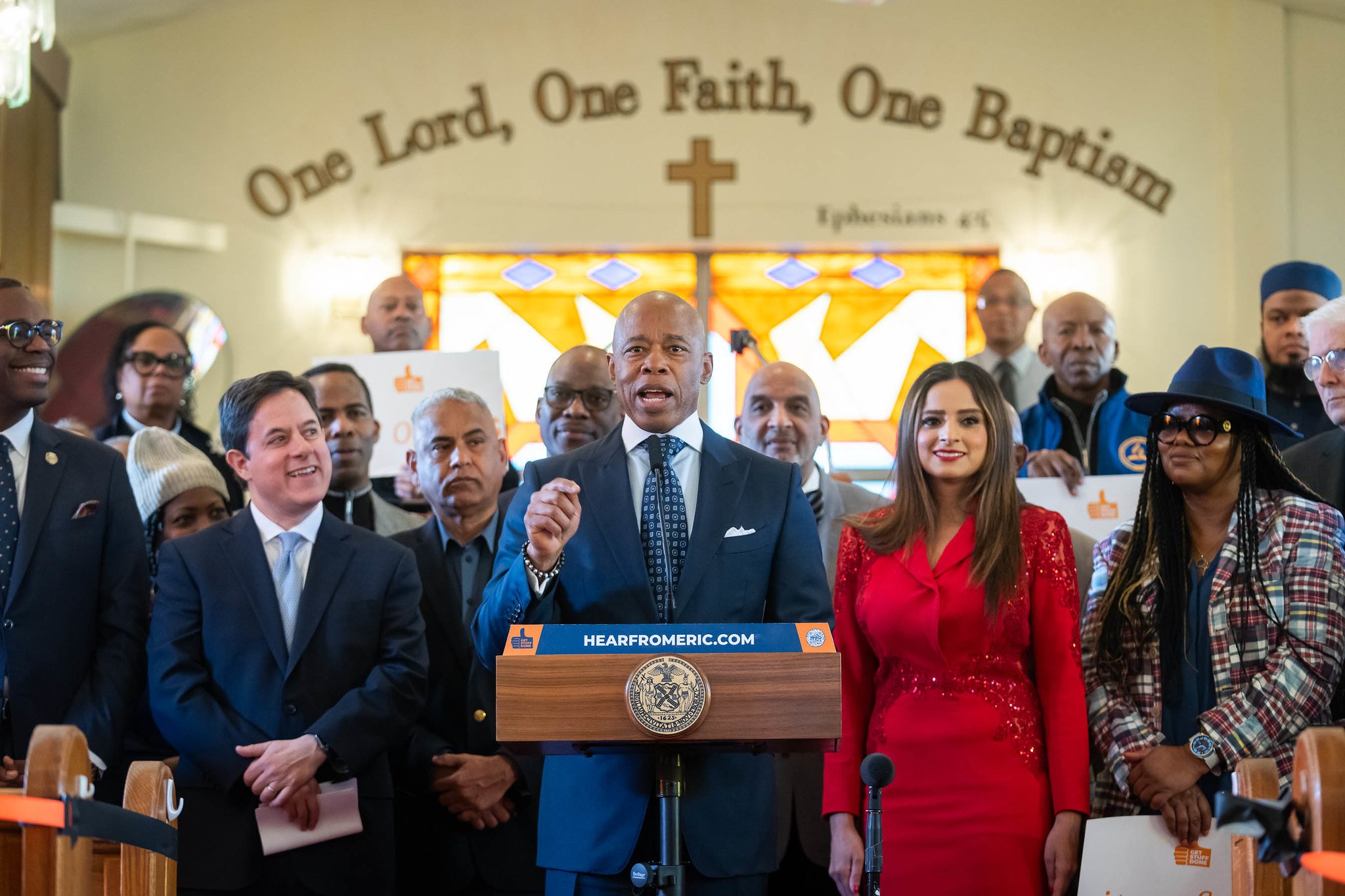
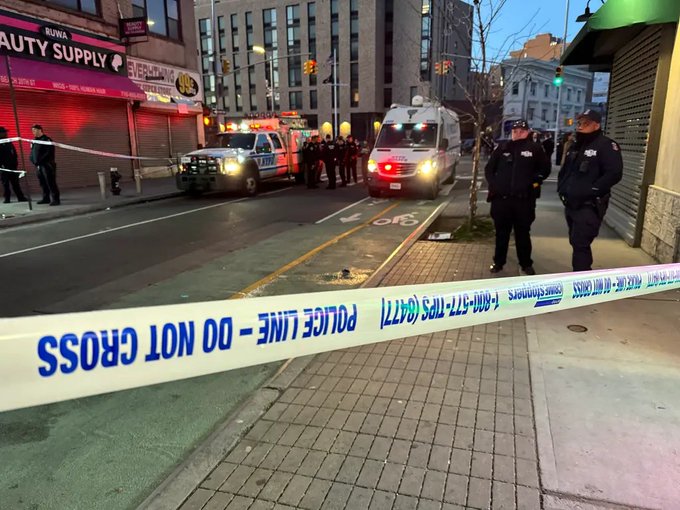
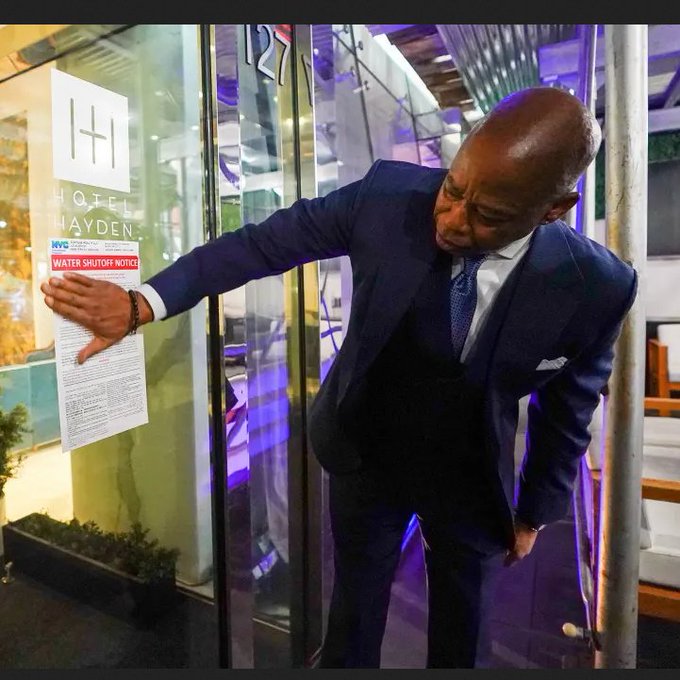
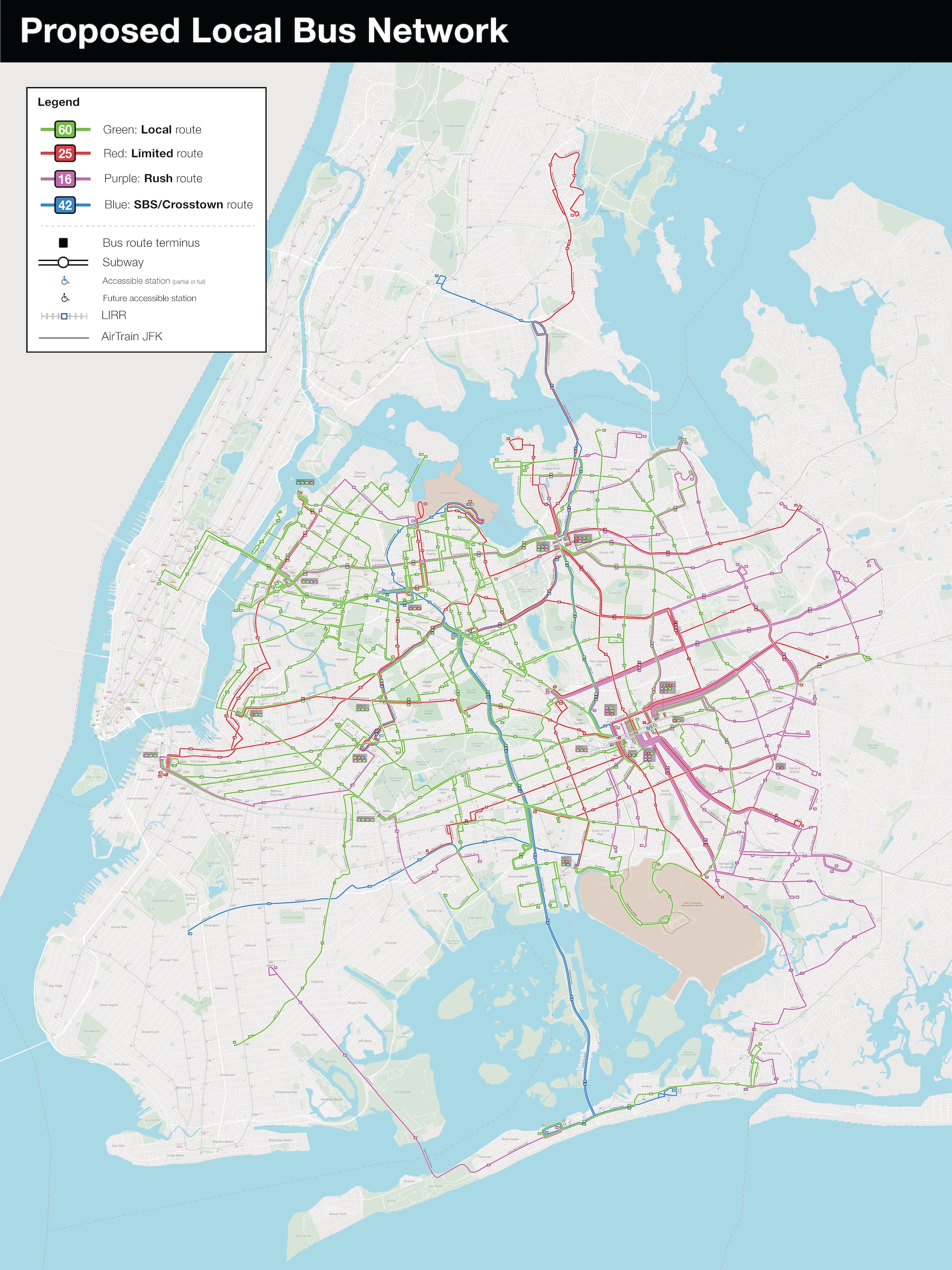 CBS New York
CBS New York
